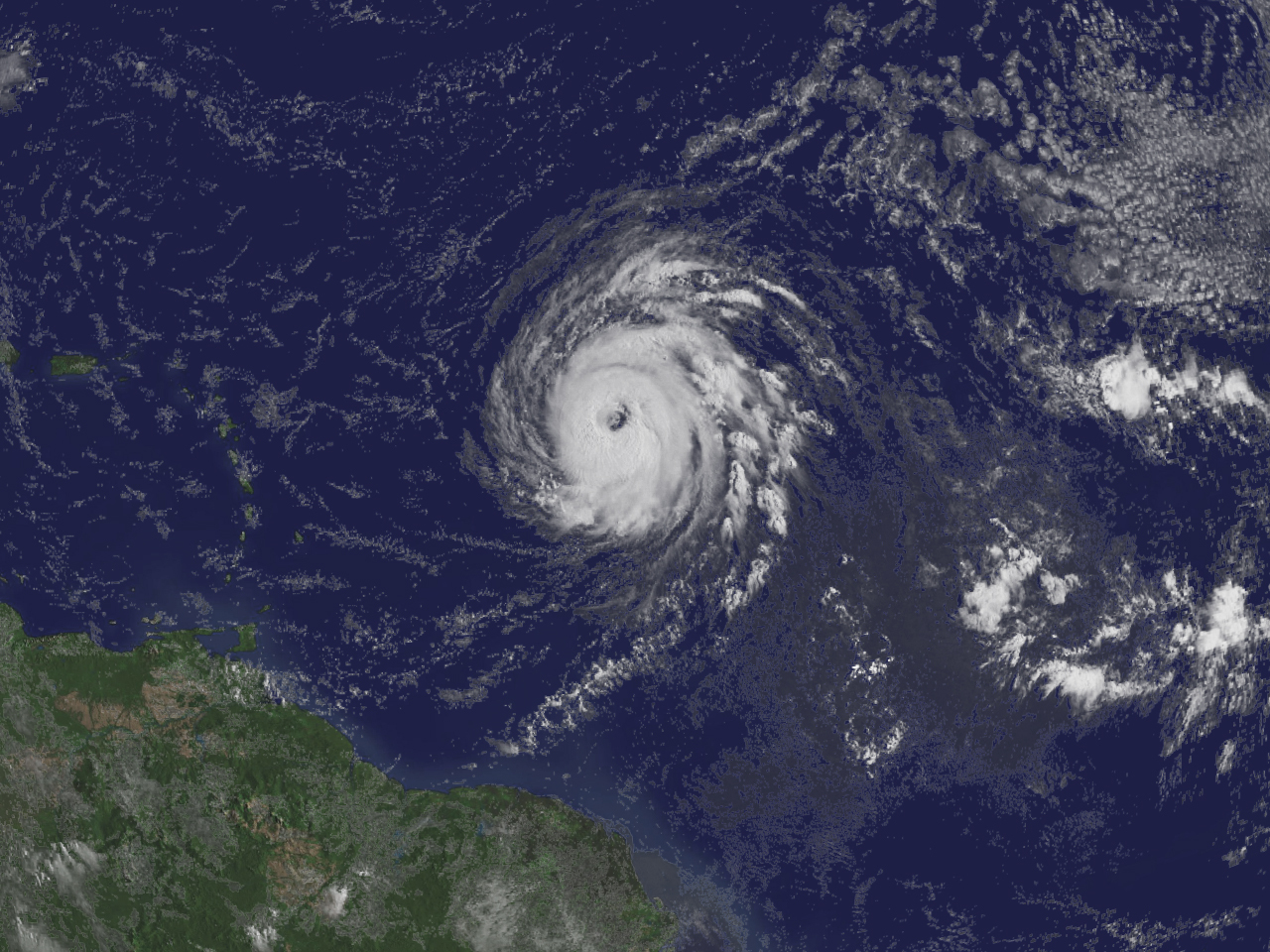California-based Zenith National Insurance Corp. reported that its actuaries have completed a review of the loss and loss adjustment expense reserves of our insurance companies at Dec. 31, 2002 and have determined that it is necessary to increase workers’ compensation reserves by about 4.5% or $30.0 million.
Accordingly, a non-cash charge of $30.0 million before tax, $19.5 million after tax or $1.04 per share, will be made to earnings in the fourth quarter of 2002. Net loss for the fourth quarter of 2002 is estimated at $7.5 million, or $0.40 per share, compared to a net loss of $10.5 million, or $0.59 per share, in the fourth quarter of 2001.
Net income for the year ended Dec. 31, 2002 is estimated at $10.5 million, or $0.56 per share, compared to a net loss of $27.0 million, or $1.53 per share, for the year ended Dec. 31, 2001. Net loss for the quarter and year ended Dec. 31, 2001 has been restated to reflect the previously reported change in accounting for our investment in Advent Capital. The 2002 calendar year combined ratio for the property-casualty business is estimated at 106.5 percent compared to 118.9 percent the prior year.
The reserve deficiency is attributable to severity development due both to health care and indemnity cost inflation higher than previous estimates in the California operations offset, in part, by favorable development trends outside California. The loss development applies to accident years 2000, 2001 and 2002, increasing combined ratios for those years by about 2.1, 5.1 and 0.5 percentage points, respectively.
On Jan. 17, 2003 Zenith National contributed $45.0 million to the capital of its insurance subsidiary, Zenith Insurance Company, in connection with the increase in its business operations. Zenith National used $45.0 million of its bank lines of credit to fund the capital contribution.
Workers’ compensation rate increases for 2002 are estimated at 18 percent higher than 2001 (27 percent in California) and for 2003 are estimated at 21 percent higher than 2002 (30 percent in California).
Was this article valuable?
Here are more articles you may enjoy.

 AI Beats Traditional Weather Models in Forecasting Wildfires
AI Beats Traditional Weather Models in Forecasting Wildfires  An Unusually Active Hurricane Season Is in Store for the Atlantic
An Unusually Active Hurricane Season Is in Store for the Atlantic  VW, Stellantis, Renault Among Firms Fined $495M Million by EU
VW, Stellantis, Renault Among Firms Fined $495M Million by EU  US Weather Service Merges Units as Staffing Pressure Rises
US Weather Service Merges Units as Staffing Pressure Rises 